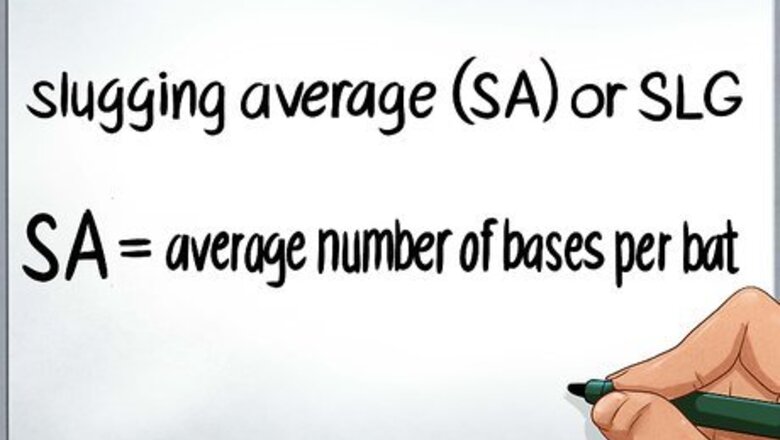
views
Calculating Slugging Percentage
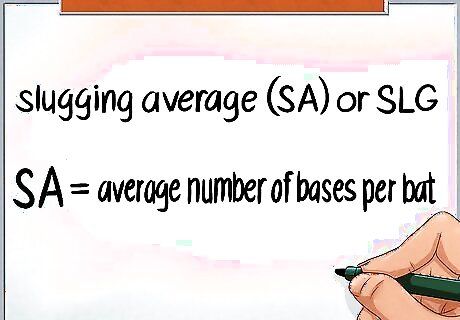
Understand slugging percentage. Also called slugging average, SA, or SLG, this is a player's average number of bases per bat. If a player has an (unrealistic) slugging percentage of 1, their average result was a single. This only measures number of bases from hits, not from walks or hit by pitch. Ignoring the bases out of the batter's control makes this a more accurate measure of offensive power.
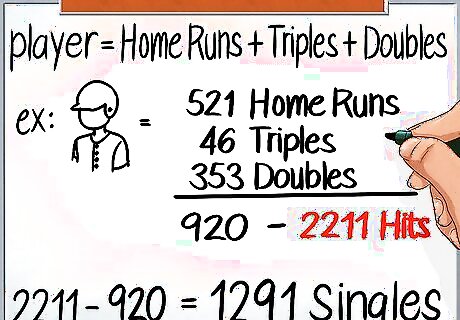
Find the number of singles. Most player stats don't include singles, but it's easy to figure out from other stats. First, add Home Runs + Triples + Doubles to get all the hits that aren't singles. Then subtract your answer from the total number of Hits to get the number of Singles. For example, Willie McCovey has career stats of 521 Home Runs, 46 Triples, and 353 Doubles, adding up to 920. Subtract 920 from his career Hits of 2211 to get the number of Singles: 1291.
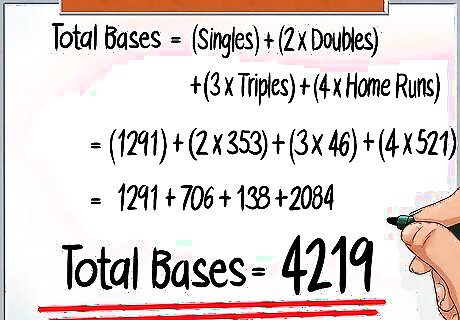
Calculate the number of bases. Add together (Singles) + (2 x Doubles) + (3 x Triples) + (4 x Home Runs) to get the total number of bases. Willie McCovey scored a total number of bases equal to (1291) + (2 x 353) + (3 x 46) + (4 x 521) = 1291 + 706 + 138 + 2084 = 4219.
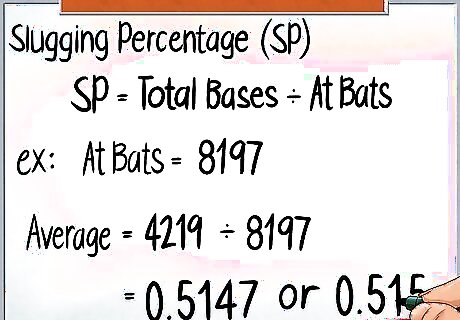
Divide your answer by at bats. Divide total bases by the number of at bats to get the slugging percentage. Willie McCovey had 8197 At Bats, so his career slugging percentage is 4219 ÷ 8197 = 0.5147 (rounded to 0.515). On average, he scored a little more than one base for every two at bats. Pete Palmer Pete Palmer, American Sports Statistician Slugging percentage is calculated by dividing total bases by at-bats. A high slugging percentage indicates that a batter is hitting for extra bases, which is a valuable asset in any lineup.
Alternate Method
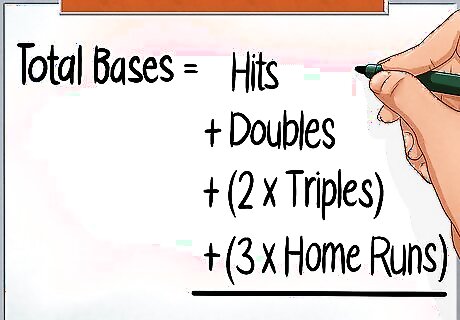
Find the total bases with a faster method. The method above is the easiest to understand, but requires extra math to find the number of singles. Here's a way to skip that step and find the total bases using Hits instead: Total Bases = Hits + Doubles + (2 x Triples) + (3 x Home Runs). This works because one base per Hit takes care of all the singles. Since this also awards one base for each double, you only need to add 1 more base per double to find the total. Similarly, add two extra bases for triples, and three extra for home runs.
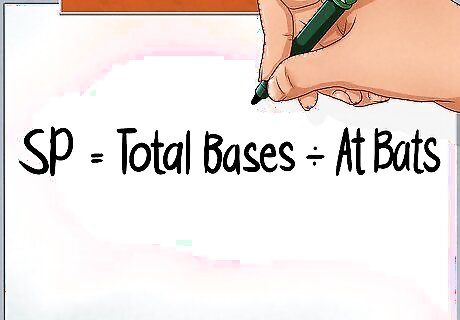
Divide by at bats. Just as before, the slugging percentage is equal to the total bases divided by at bats.
Related Formulas
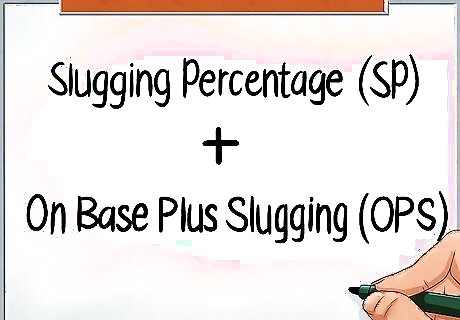
Add Slugging Percentage to On Base Percentage. The result, On Base Plus Slugging (OPS), takes into account the most important offensive stats. Baseball statisticians don't consider this accurate, but it's a quick and easy way to compare offensive power. OPS+ is a less commonly used statistic that adjusts for the league and park. The formula for OPS+ changes each year to make 100 the league average.
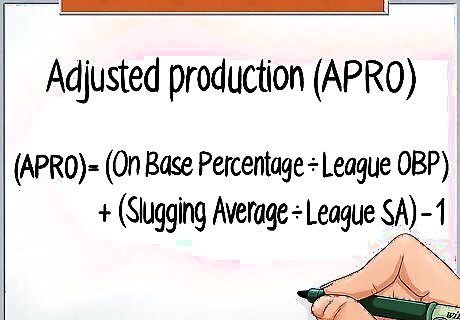
Adjust slugging percentage for league. This statistic was invented for the baseball encyclopedia Total Baseball, and is rarely used elsewhere. It's a more accurate way to compare players from different years, but it might be hard to dig up the statistics you need to calculate it: Adjusted production (APRO) = (On Base Percentage / League OBP) + (Slugging Average / League SA) - 1 The League stats are the average stats for all players that year. The stats are sometimes adjusted to factor in differences between parks as well.














Comments
0 comment